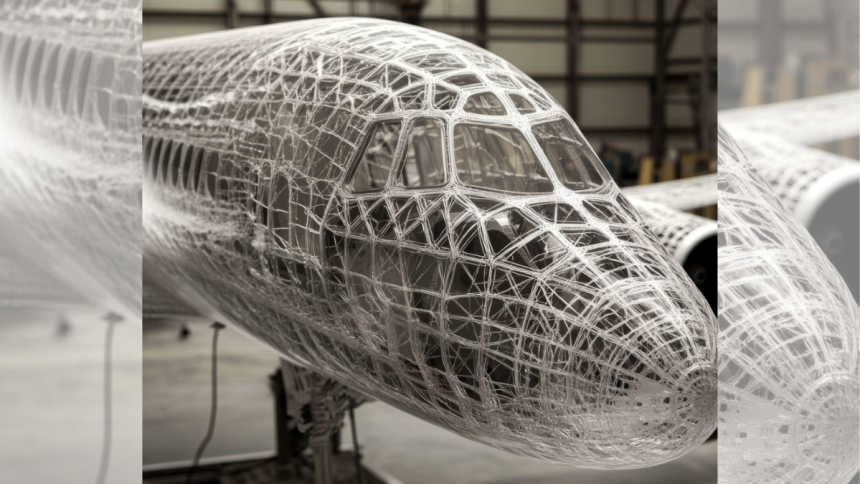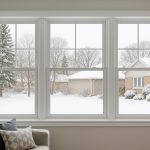In the race for lightweight, high-performance engineering, the quality challenge is more critical than ever. Whether we are talking about aerospace components, motorsport structures, or medical technology, accuracy and consistency are crucial. Enter Prepreg Composite, one of the most advanced materials in manufacturing, which we consider redefining quality assurance through quality control from start to finish.
The primary distinction between Prepreg (pre-impregnated) composites and materials is that Prepreg composites are produced in a controlled environment, and the reinforcement fibers are pre-saturated with resin systems. You ensure quality at the very beginning of the process and consistency long before the curing process begins.
Streamlining Material Consistency from the Start
Material consistency is arguably one of the most challenging aspects to achieve in composite engineering quality control. Variability in either resin distribution or fiber alignment can change the structural integrity of that part.
Prepreg composite materials eliminate much of that doubt by being fully completed, so to speak, with the exact amount of resin calculated for the intended use and uniform distribution of fiber throughout the material.
Eliminating this variability is crucial because it enables engineers to design products with greater certainty and lower failure rates when used in mission-critical applications and services.
Minimizing Human Error in Fabrication
Manual lay-up techniques introduce variables that can compromise the final quality, such as resin-rich zones, air entrapment, or inconsistent layering. Prepregs, however, are designed for precision lay-up. They come in exact dimensions, with tack and drape tailored for high accuracy during placement.
By using prepreg materials, manufacturers can reduce their dependence on operator skills, resulting in a more controlled and repeatable process. This makes it easier to achieve tolerance targets even in geometrically complex parts.
Tighter Control During the Curing Process
Curing is the process by which a composite’s final properties are set, and prepreg composites offer maximum consistency in this aspect. Cured in autoclaves or hot presses, prepregs exhibit predictable behavior in response to temperature and pressure, resulting in parts with a consistent fiber-to-resin ratio and minimal void content.
By tightly controlling the curing cycle parameters, there is little opportunity for quality variation. Ultimately, this results in cured parts with consistent strength, stiffness, and dimensional accuracy.
Excellent Surface Finish and Dimension Stability
Prepreg composites provide near-net shapes and good quality surface integrity (assuming they have been laid up accurately and by a skilled layup technician). Thanks to improved part accuracy, less additional machining will be required, which in turn lowers the risk of errors occurring in the second machining process.
Pre-cured materials, traditionally used in composite applications such as aerospace and motorsport, generally offer improved dimensional stability during the curing process. Thus, it becomes easier to avoid undesirable flow in prepregs, as it reduces the risk of distortion from warping and shrinkage, resulting in tighter tolerances and fewer problems, which in turn reduces rework.
Increased Traceability and Batch Control
Modern engineering standards call for traceability to be part of the entire production lifecycle. Due to batch-level traceability and expiration date supplied via prepreg systems, manufacturers can backtrack to each completed component and raw material.
For high-risk industries such as defense, automotive, and healthcare tech firms, this level of trace is directly linked to things like auditing, failure analysis, and compliance under industry certifications, enabling established levels of transparency.
Suitability for Automated Manufacturing
Prepreg composites can be compatible with automated processes, whether it be a robotic lay-up or automated fiber placement (AFP). This technology enables companies to produce parts that are consistent and replicate its process at scale along with a high level of quality control.
In the face of increasing competition for efficiency and accuracy, companies are investing in automation, and prepregs are becoming an excellent option for intelligent, future-proof engineering.
Quality from Cleanroom to Final Assembly
The benefits of Prepreg go beyond just raw material quality. To reduce the risk of contamination of prepreg composites during Lay-Up and handling, multiple manufacturers, such as those engaged in the aerospace supply chain, store and handle prepreg composites in cleanrooms to prevent contamination.
Some of the more advanced cleanroom setups even rely on measurement and testing at every step of production. It creates a closed loop of real-time monitoring that keeps the product within specifications.
The Real-World Effect is tangible: drones and health devices
When it can deliver better performance than a carbon fiber wing for a drone or a non-metallic bed for X-ray imaging, Prepreg Composite provides a performance that meets industry standards for quality.
The solution for lightweight precision for structural performance is what provides quality to prepreg composites over other metals or alternatives in leading-edge applications. Industries have quickly transitioned to adopt non-metallic options, not for performance, but because prefabricated composites yield a high level of predictable quality.
From aerodynamic surfaces for performance in motorsports and mechanical arms for robotic manufacturing, it’s clear to see the benefits of repairable control, resulting in fewer defects, which means more predictable and longer-lasting parts.
Conclusion
In high-end engineering, quality control is not merely a means of verifying work; it is a fundamental aspect of the process. It promotes both safety and performance. Prepreg Composite gives manufacturers the ability to make product excellence because of its consistent material properties, consistent cure response, and compatibility with precise processes.
For companies striving to achieve excellence throughout the value chain, adopting prepreg technology is not simply an improvement. It is an investment in long-term peace of mind. Discover how prepreg composites are revolutionizing engineering standards on Connova’s prepreg solutions.
With years of expertise and industry-leading facilities, Connova stands at the forefront of composite innovation, where quality control begins at the molecular level and ends with world-class performance.
Lynn Martelli is an editor at Readability. She received her MFA in Creative Writing from Antioch University and has worked as an editor for over 10 years. Lynn has edited a wide variety of books, including fiction, non-fiction, memoirs, and more. In her free time, Lynn enjoys reading, writing, and spending time with her family and friends.















